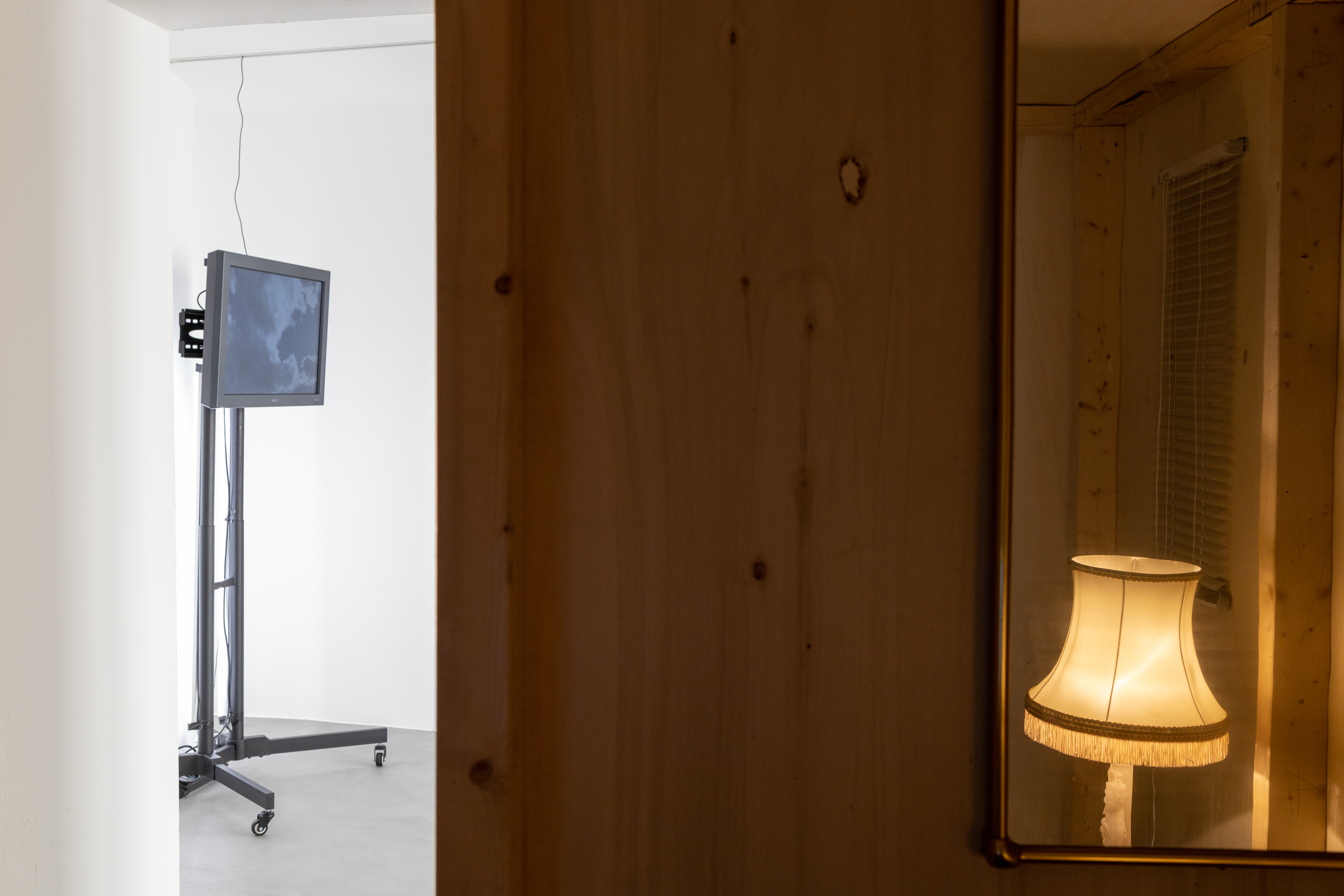A short film, shot entirely on a VHS-C movie camera, exploring the themes of neuroplasticity, electricity, and the magnetic field between images and meaning. It attempts to connect with the viewer through plot-charged image fragments and silent subtitles. The work is shown in a filmset-like installation containing references to the film’s imagery. Built as a walled-off room within a room, it invites the viewer to step outside the gallery space and step into a ‘virtual’ domestic space, or to exit the skull and enter the brain.
The title refers to neuropsychologist Donald Hebb, known for his discovery that adjacent neurons weld together through repeated experiences and thoughts. Extreme stress or trauma can produce paranoia, anxiety, schizophrenia, or other mental disorders.
In an emergency, the brain looks for patterns and connections, a phenomenon called apophenia, to protect itself from potential danger. Digital algorithms exhibit similar behaviour. When patterns rule, contingency becomes obsolete. However, in this meaning-charged equilibrium, a certain rogue voltage remains, like an electric current about to short circuit.
The language of this tension is what this movie tries to express.


